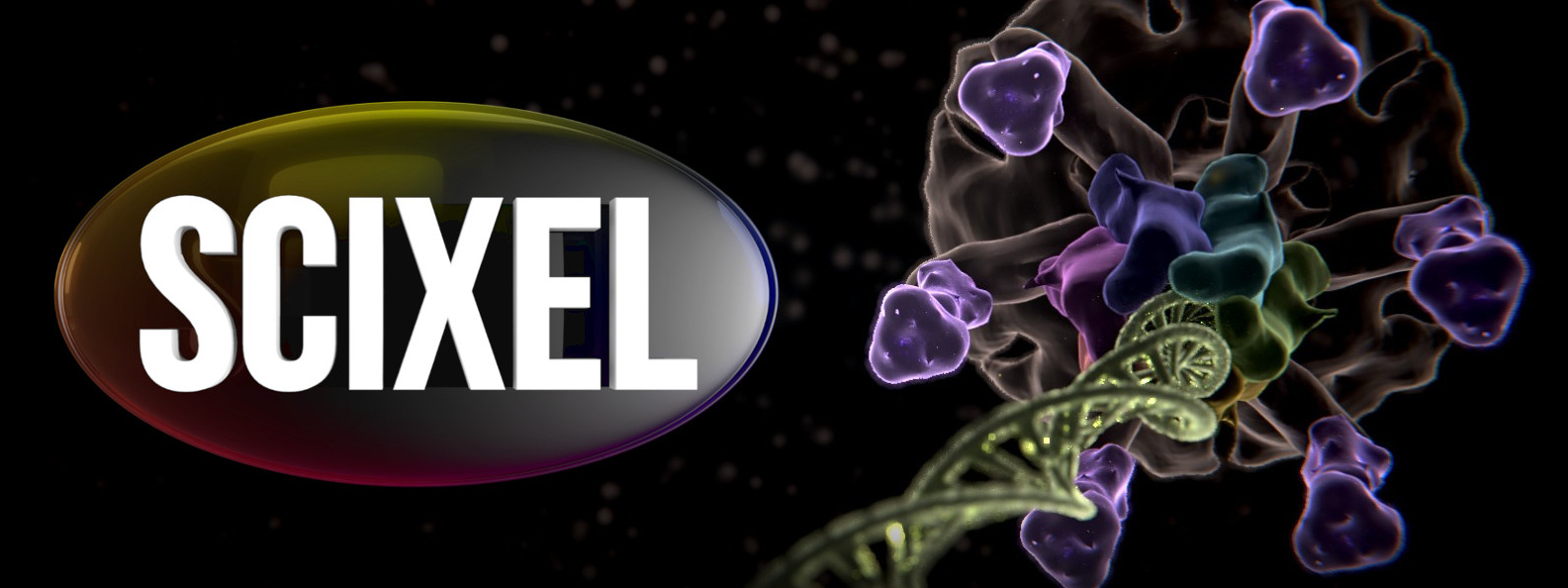Vision evolution
This is an old side project we started three years ago and it is finally released… or recover… I’m not sure. It is an explanation of how the eye evolved from very primitive and simple structures to the magnificent piece of machinery that it is today. And how it evolved independently in different species. Finally, […]
